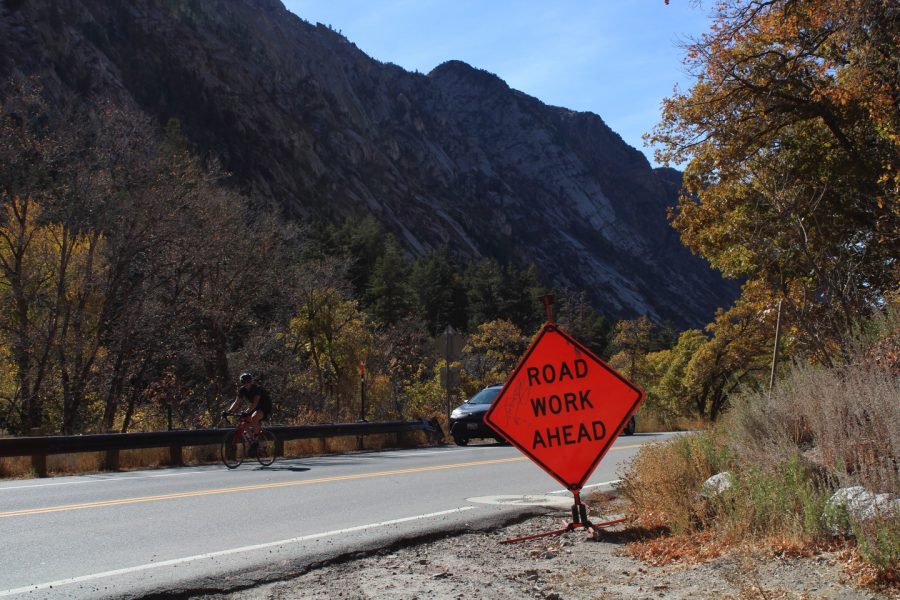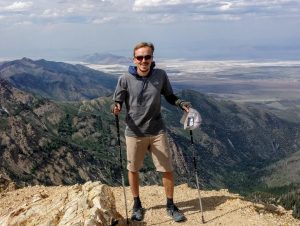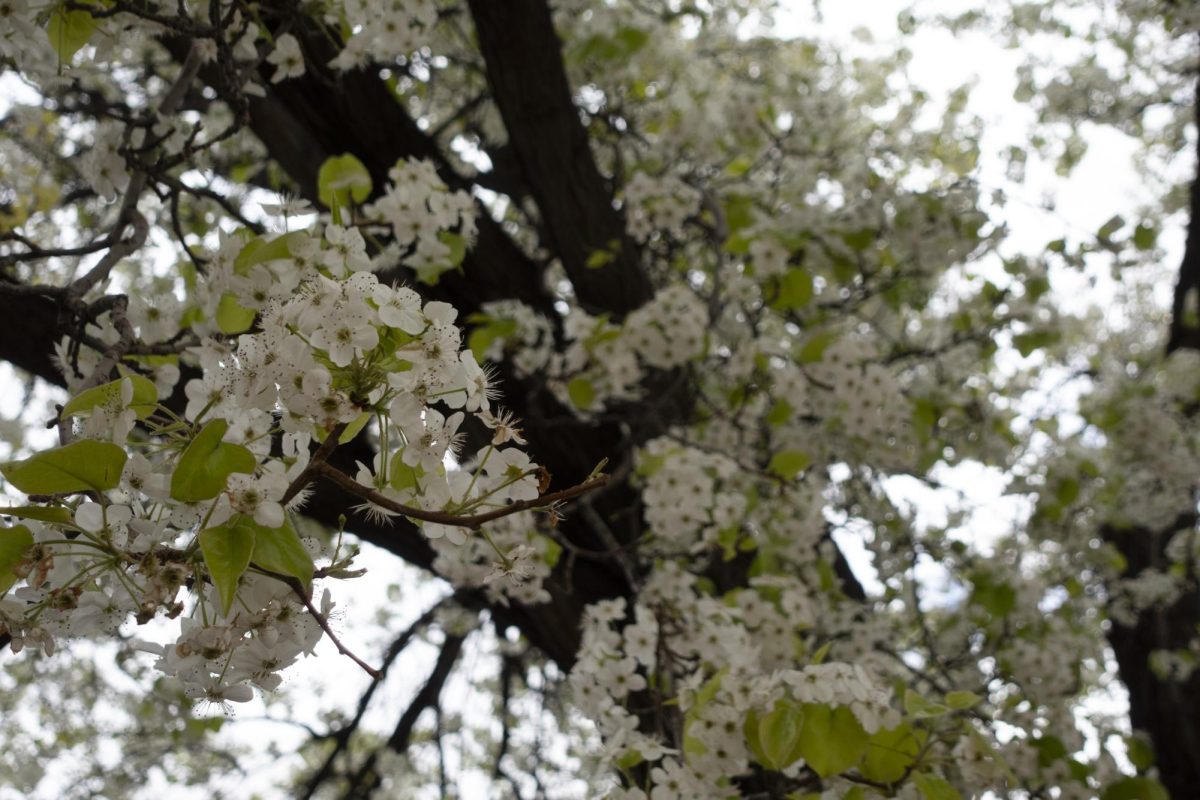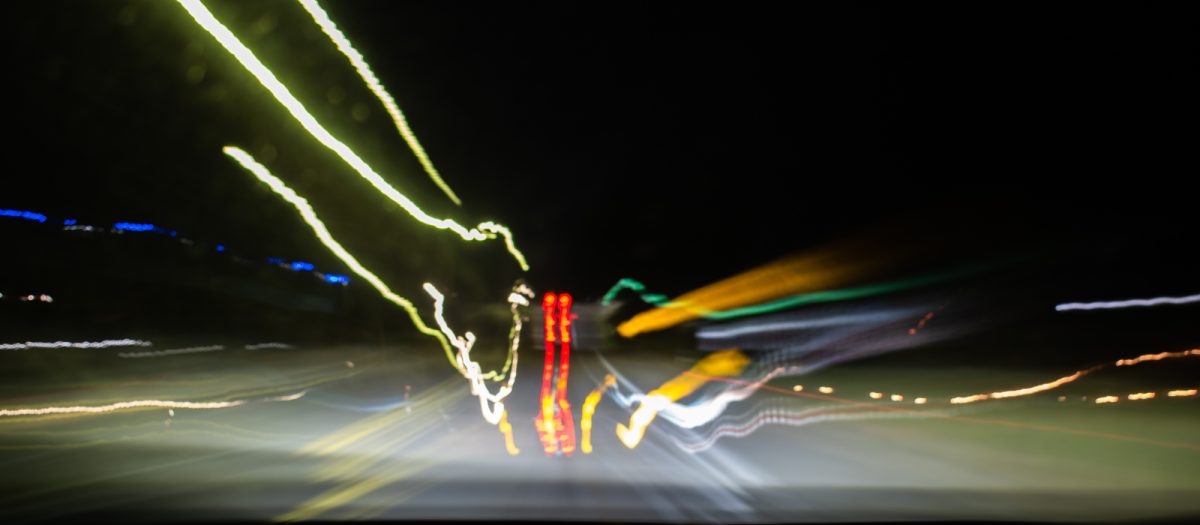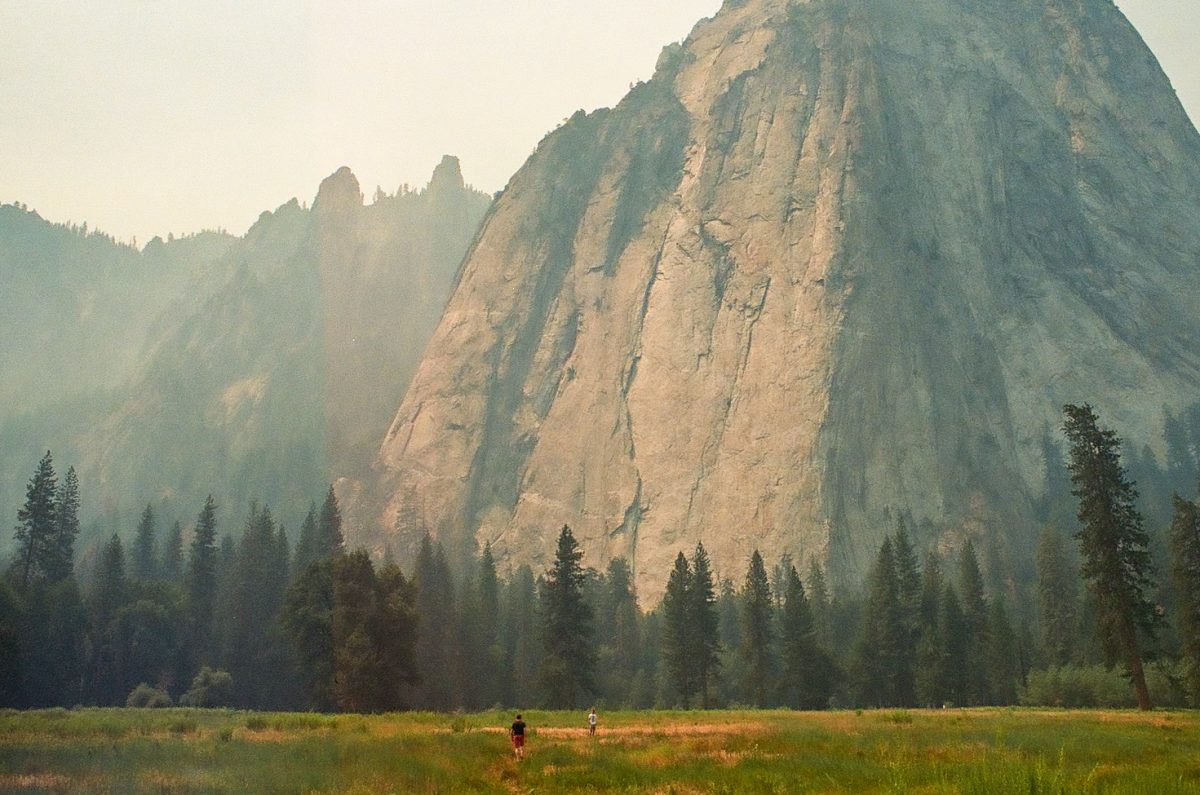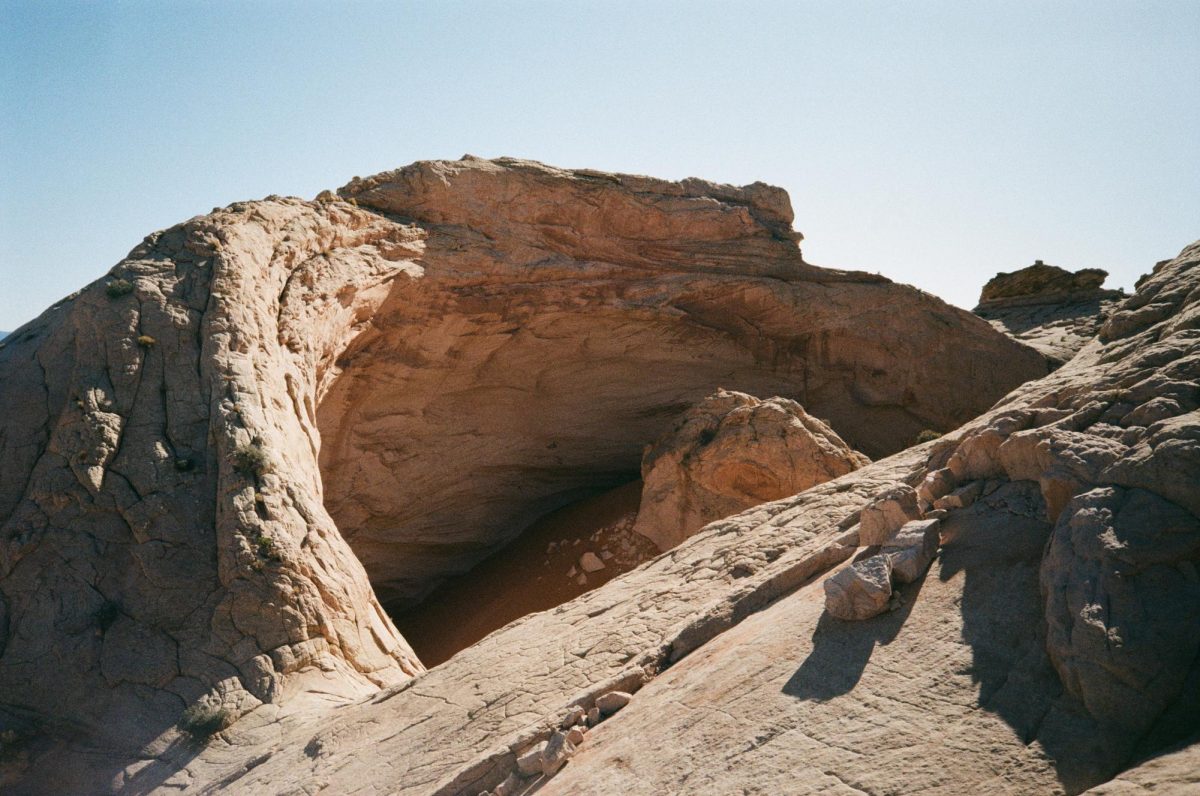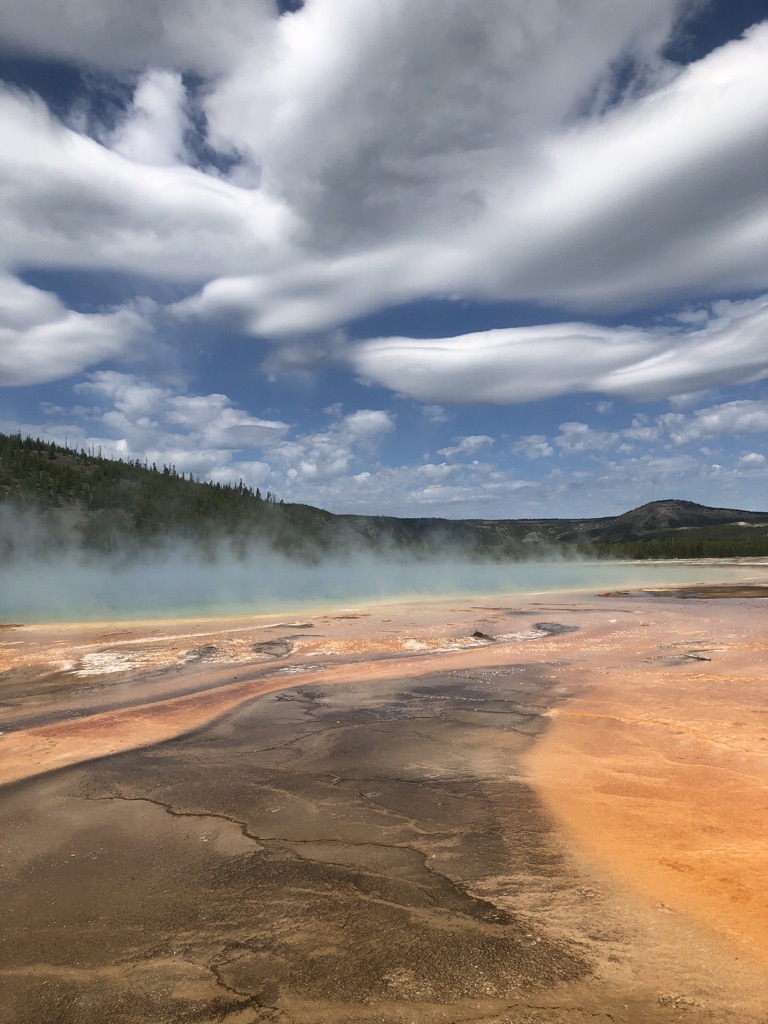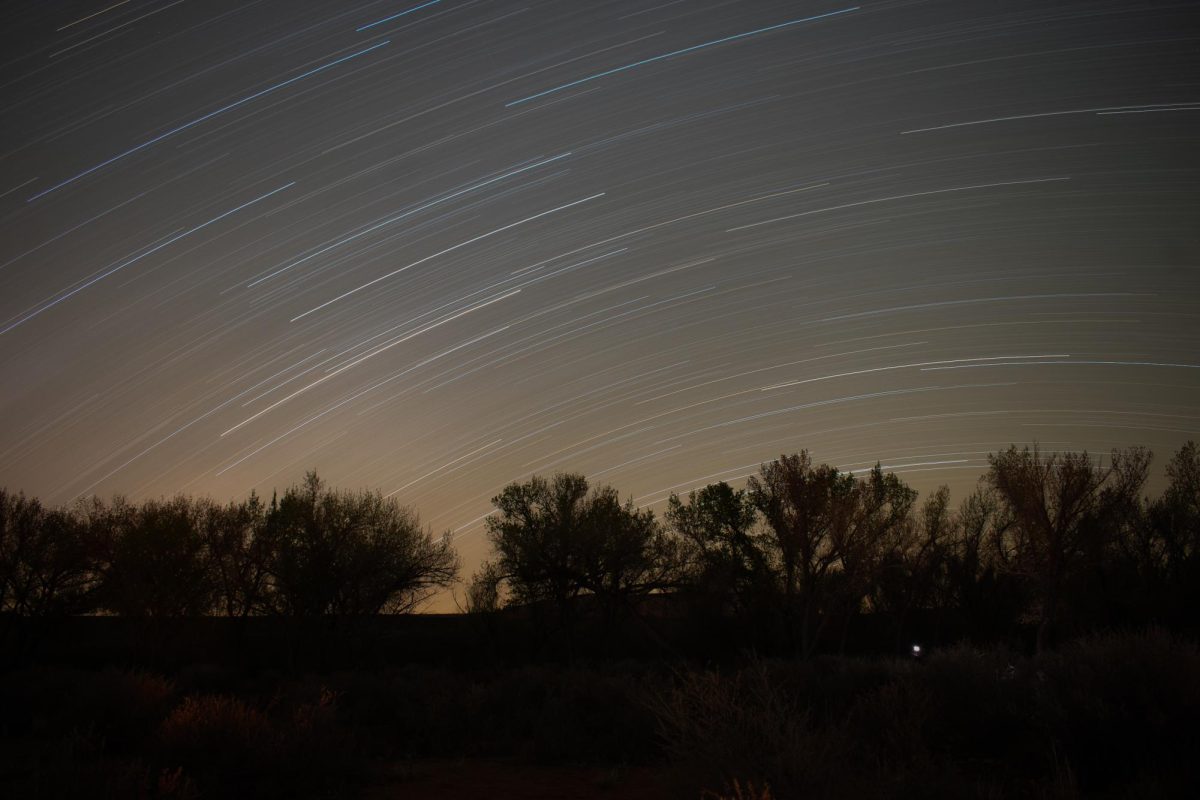Slaying the “Red Snake”: The Search for Central Wasatch Transportation Solutions
November 4, 2020
With winter fast approaching, daydreams of snow-blanketed mountains and powder skiing are becoming more frequent and vivid. These dreams are wonderful until I remember the endless “red snake” of taillights that accompanies powder days in the Central Wasatch. Many others would also like to enjoy the “best snow on Earth.” The result of our collective passion for winter sports is nightmarish traffic jams in the Cottonwood Canyons. Lindsey Nielsen, associate director of the Central Wasatch Commission (CWC), said that “the secret is out about Utah,” and that “people are coming and they’re staying here in Utah.” Luckily, Nielsen and many others are working to address the problems of overcrowding, and the public has opportunities to contribute.
In 2013, a group of government and private interests came together to work on what is called the “Mountain Accord.” Over the course of several years, they created a vision for sustaining the Central Wasatch Mountains as they face increasing visitation. Important issues addressed in the Mountain Accord pertain to the environment, transportation, and the economy. Over 80 stakeholders signed a charter encompassing the vision.
In 2017, the CWC was formed as an independent government entity meant to take action on the goals outlined in Mountain Accord. Nielsen was hired at that time along with three other full-time staff members. She described to me how “Utah state code law allows for existing governments to get together and form another government.” The commission consists of ten leaders of jurisdictions with authority in the Central Wasatch Mountains or that border them in the front and back. Part of the CWC is a stakeholder’s council that includes representatives from all relevant municipalities, ski resorts, environmental groups, recreation groups, and members of the public like you and me. The purpose is to bring all interests to the same table for discussion and collaboration.
In 2020, the CWC began a yearlong “Mountain Transportation” initiative that asks for the input of stakeholders and the public to decide on the best transportation solution(s) for the Central Wasatch Mountains. In September, a mountain transportation system (MTS) alternatives report was released (can be accessed at https://cwc.utah.gov/transportation/). The report presents three alternative transportation solutions: 1) Comprehensive Bus System, 2) Bus/Gondola, and 3) Bus/Rail. All alternatives propose some form of bus system upgrades. Option two proposes installing a gondola from the base of Little Cottonwood Canyon to Snowbird and Alta resorts. The third option mirrors the 2nd but with a rail system up Little instead of a gondola. There are also three sub alternatives: 1) Transit Tunnel between Big and Little Cottonwood Canyons, 2) Gondola between Big and Little Cottonwood Canyons, and 3) Gondola between Big Cottonwood Canyon and Park City. These sub alternatives act as potential add-ons to any of the main alternatives.
Nielsen explained that more involved public transit infrastructure isn’t considered in Big Cottonwood Canyon primarily because of its geography. While Little Cottonwood Canyon is more or less a straight line up a glaciated, U-shaped canyon, Big Cottonwood Canyon twists and turns through a narrow drainage. That geography makes major infrastructure upgrades infeasible for cost and conservation reasons. This is where the sub-alternatives come in. Access to Big Cottonwood Canyon could be achieved by taking a train or gondola up Little Cottonwood Canyon before transferring to the tunnel rail or gondola over to Big Cottonwood.
While the first alternative proposes only a comprehensive bus system, even the second and third alternatives must incorporate bus upgrades. Part of improving the bus system is increasing the parking capacity of park n’ ride locations. One way of doing this would be constructing a “gravel pit transit hub” near the base of Big Cottonwood Canyon (located in-between the two current park n’ rides near the base). Another part of some of the alternatives is dynamic road tolling in the canyons.
The end goal of the MTS initiative is to make a consensus recommendation by the end of the year on one of the transportation alternatives. This consensus could also be a combination of the three alternatives. Once this recommendation is made, the public will need to be patient. The timeline for a mountain transportation system depends on the results of environmental impact statements that are yet to be completed, the availability of funding, and which alternative is chosen. With so many stakeholders involved in the process, it will take time to implement. Although the details are uncertain, Nielsen assured me that “success for this process will look like implementation for whatever the public decides by consensus.”
On November 13-14th, a “Virtual Summit” will be held as a culmination of the MTS initiative. Members of the public are invited to attend in order to discuss the 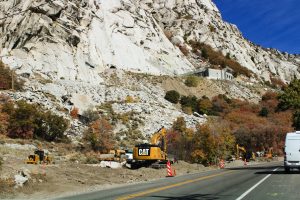 transportation alternatives. Information on how to register for the summit can be found on the CWC Facebook page or website. You can also find a list of stakeholders on the website. Some organizations have released public statements regarding which alternative they prefer.
transportation alternatives. Information on how to register for the summit can be found on the CWC Facebook page or website. You can also find a list of stakeholders on the website. Some organizations have released public statements regarding which alternative they prefer.
In addition to the opportunity for engagement at the virtual summit, watch out for future CWC announcements as we move into 2021. The future of our mountains is being decided and all of us who love the Wasatch should make our unique voices heard now and in coming years.

